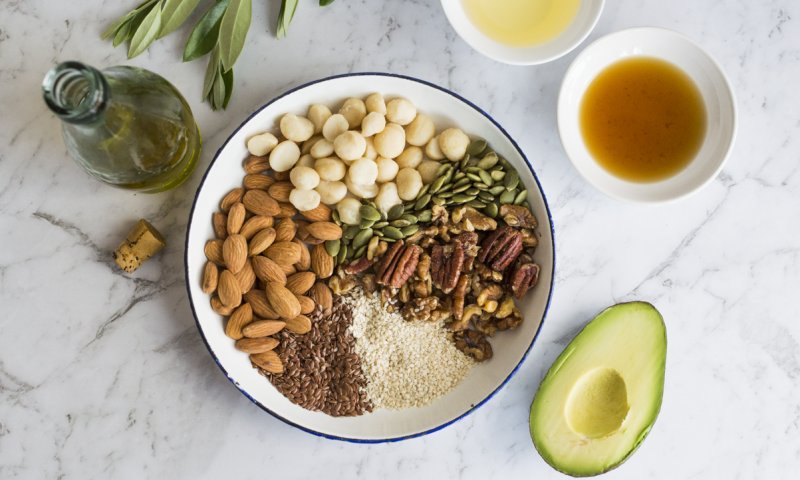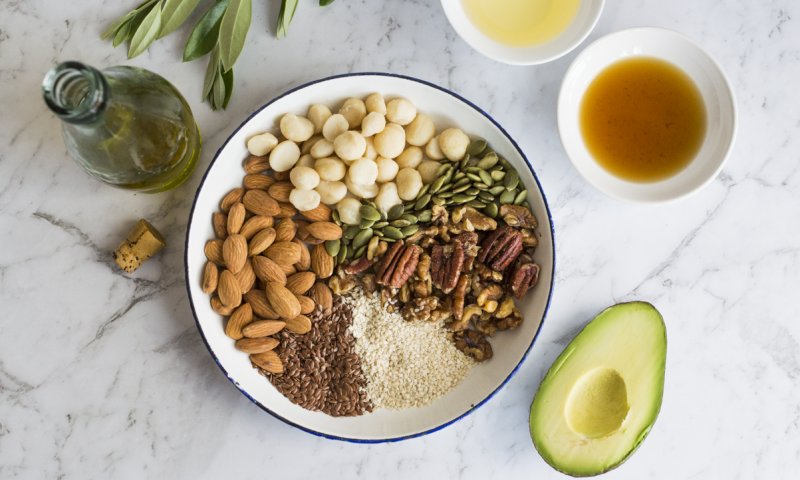Is quinoa a healthier option than brown rice?
As an increasing number of supermarkets begin lining their shelves with this ancient grain-like seed, consumers are beginning to ask this very question. Quinoa, a complete-protein seed that resembles a cross between couscous and short-grain rice, is a popular swap for rice.
Quinoa is becoming commonplace in many homes throughout the country, while brown rice is definitely better than white rice, quinoa may be a better option all around and provide a higher proportion of nutrients.
Quinoa vs. Brown Rice: Nutritional Comparison
When comparing quinoa with brown rice, quinoa wins every time. Quinoa has more fiber, a lower glycemic load, and substantially more amino acids. Quinoa is one of the rare complete-protein foods, meaning it contains all essential amino acids needed for growth, cellular repair, and energy production.
Here’s a quick nutritional comparison of quinoa and brown rice:
Quinoa, 1 cup cooked
- Calories: 222
- Protein: 8 grams
- Magnesium: 30%
- Iron: 15%
Brown Rice, 1 cup cooked
- Calories: 216
- Protein: 5 grams
- Magnesium: 21%
- Iron: 5%
With few exceptions, quinoa is much more nutrient-dense than brown rice. That’s not to say brown rice is totally worthless, it is a good source of nutrition–but, quinoa offers a higher level of nutrients (including antioxidants) necessary for supporting a superior state of health.
Quinoa Poison Myth
There is a myth that quinoa is poisonous and should never be consumed in large amounts, if at all. The substance cited in this myth is saponin, which is somewhat toxic and should never be eaten. That being said, saponin is not in the quinoa seed, but is merely a natural coating that covers the seed. This coating can be rinsed off with cold running water before cooking. South Americans often use this rinsed-off saponin as a laundry detergent.
Why I Recommend Quinoa
Quinoa is a natural, gluten-free food that has a slightly nutty taste and aroma and is extremely versatile. It can be used in place of rice and steel-cut oats in most recipes without compromising the taste of the completed dish. It is higher in overall nutrients and is now easily accessible at most grocery stores. Also, if you’re into gluten-free baking, check out quinoa flour. It can replace rice flour in most gluten-free baking recipes and lends a softer texture to breads while increasing nutrient quality. If you haven’t tried quinoa yet, I recommend that you pick some up today!
Dr. Archana Karthik
DIETITIAN

